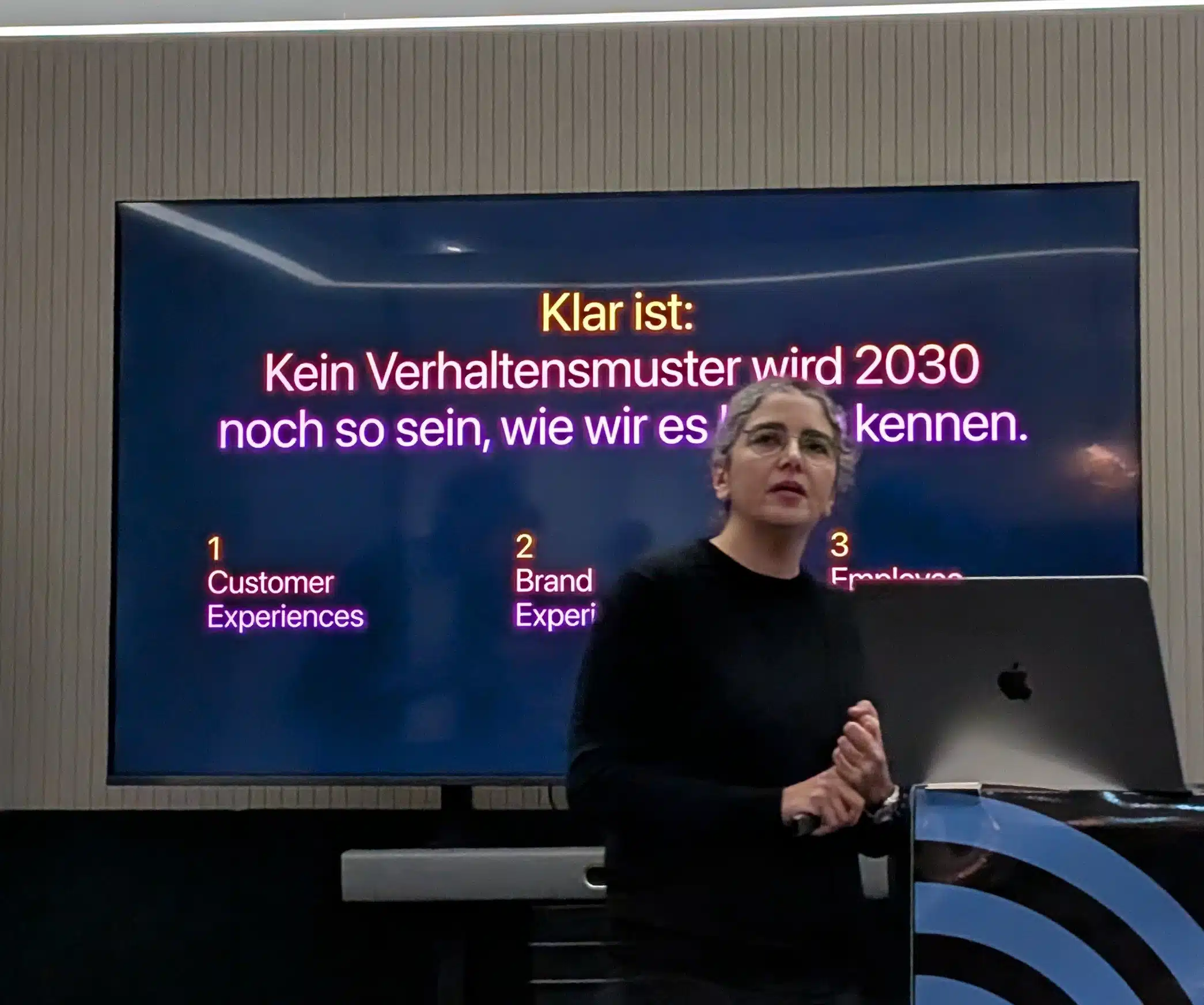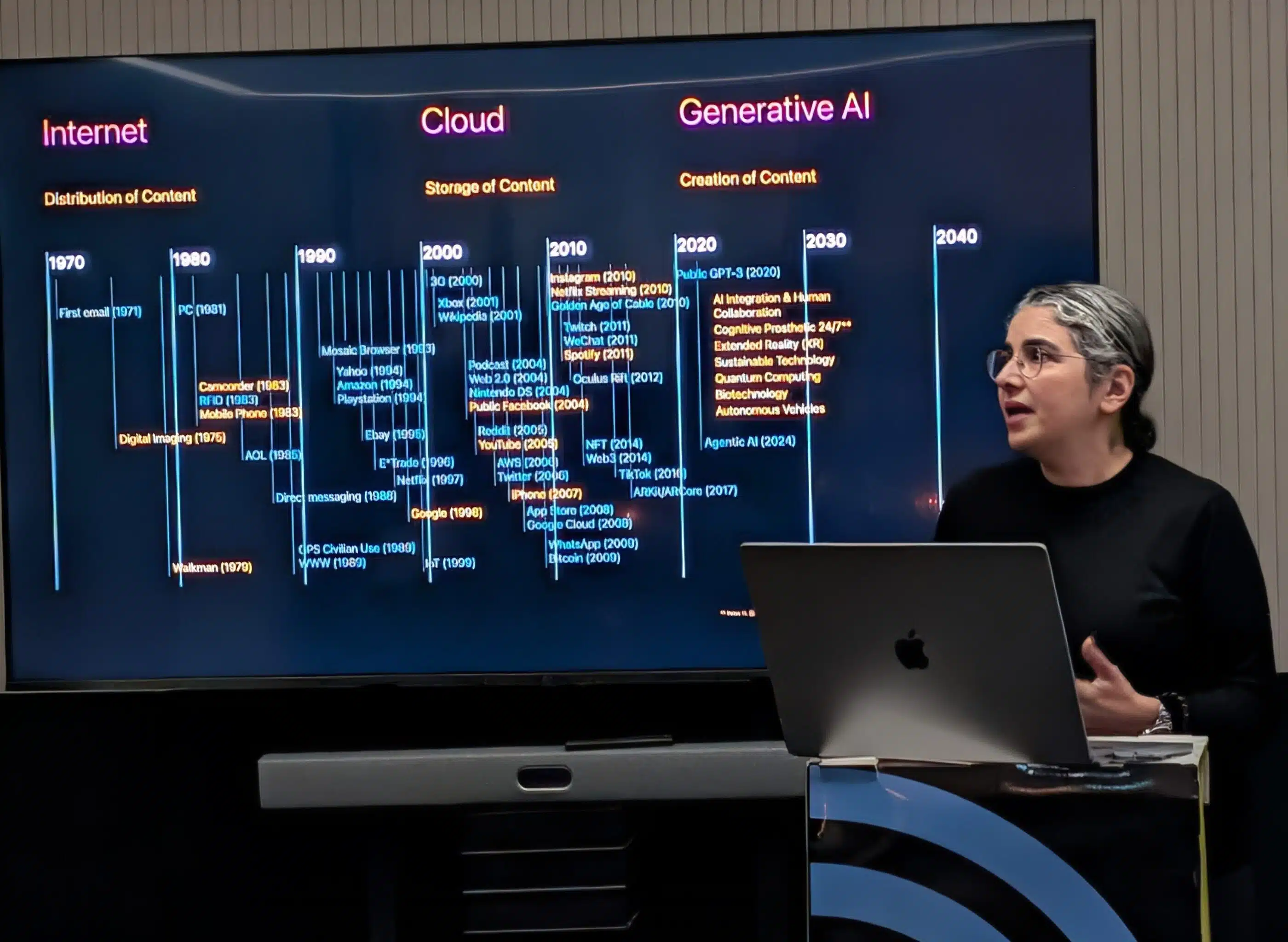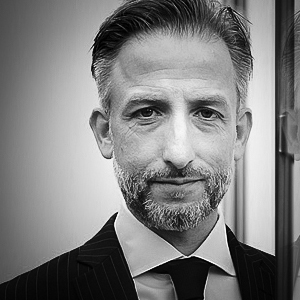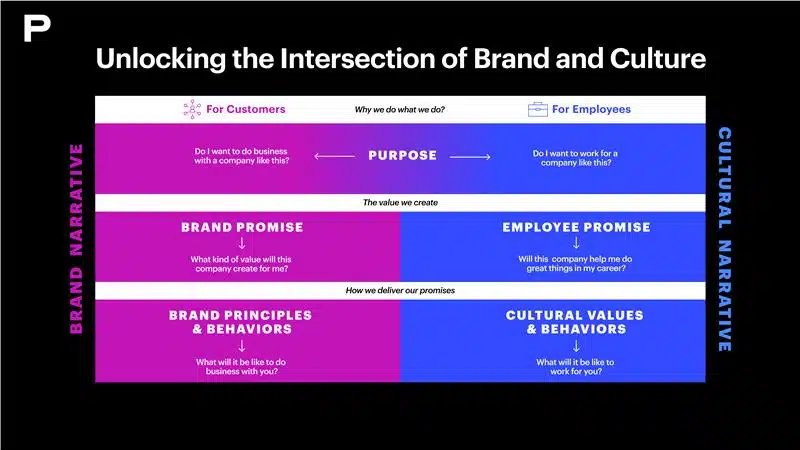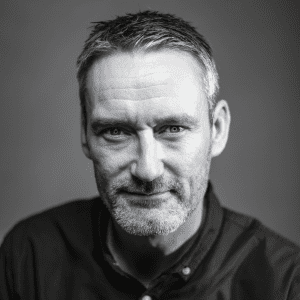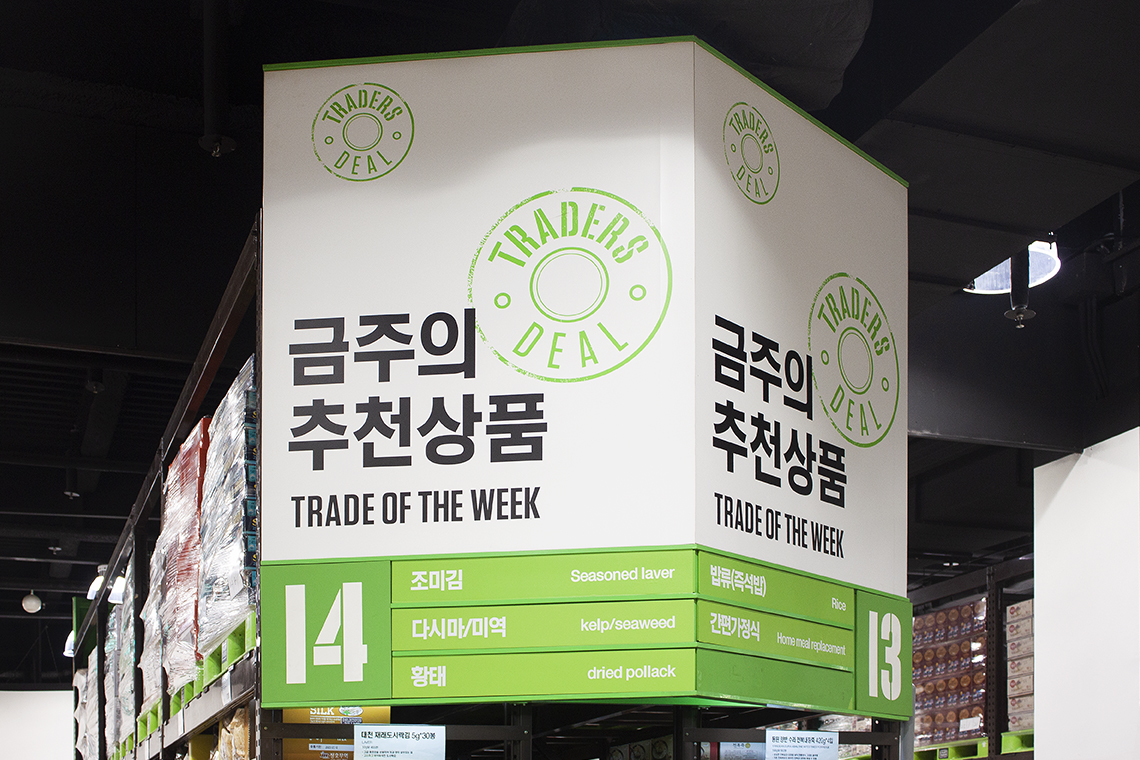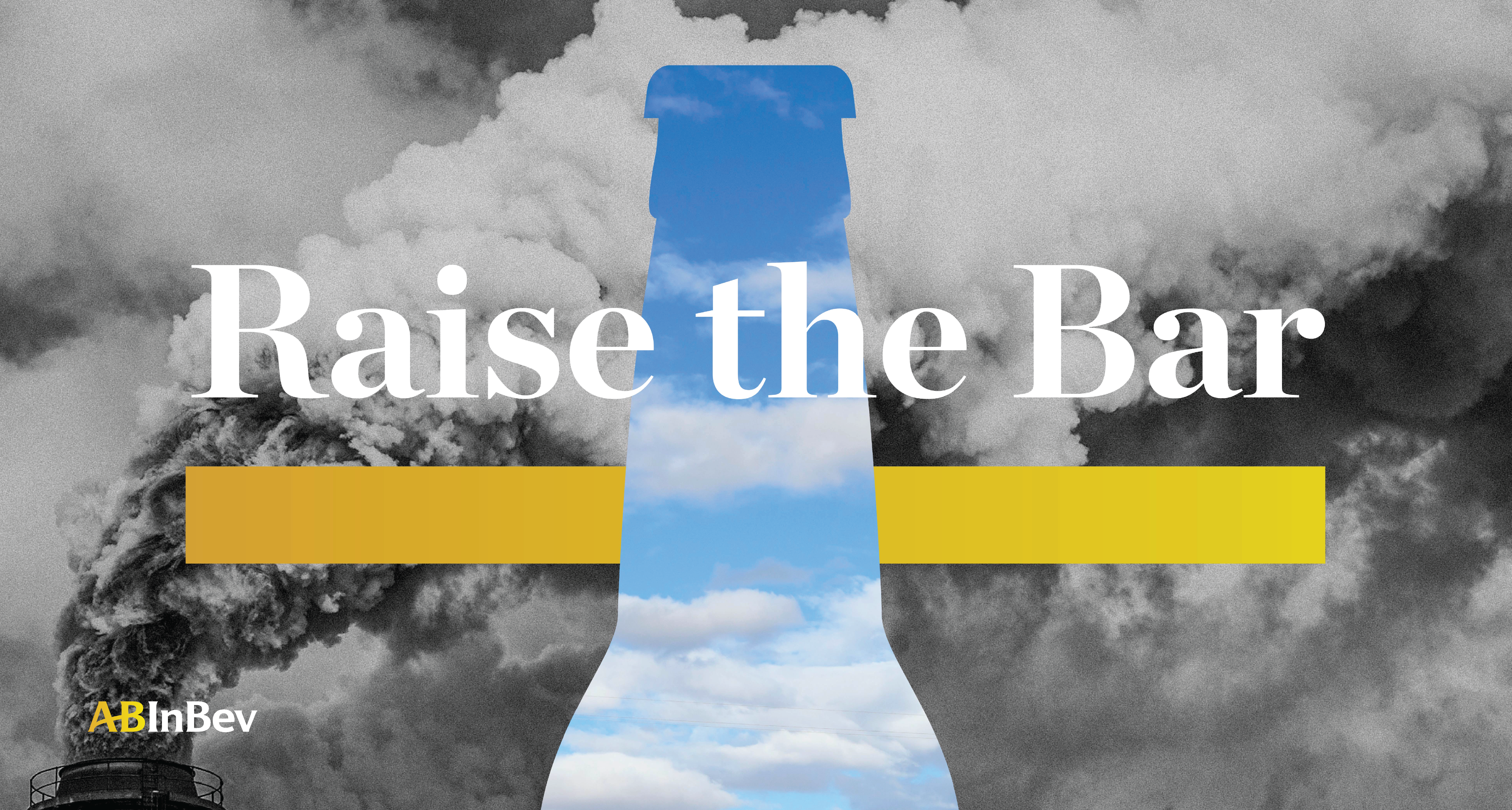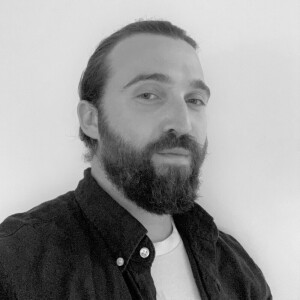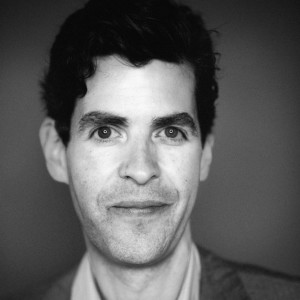BLOG
From Programs to Platforms: Modernizing Loyalty to Unlock Growth
How to design loyalty programs as growth platforms that retain customers, attract new ones, and maximize value.
In a time of economic uncertainty, ruthless competition and ongoing transformation, companies of all types look to loyalty programs to protect share and fuel growth. The most effective programs no longer act like isolated “earn-and-burn” schemes. They operate as integrated platforms and fully connected ecosystems that deepen emotional ties with customers, unlock richer data, and open new revenue streams
As history shows, loyalty programs are not “set-and-forget” endeavors. Ongoing investment and continuous improvement are required to stand out from the pack and maximize bottom-line impact over the long term. But recent research and market experience show that companies can modernize and optimize their loyalty programs by applying the principles of platform businesses (e.g., connecting consumers with richer offerings, leveraging network effects) to generate uncommon growth.
The Evolution of Loyalty Programs: From Purchase-Driven Schemes to Differentiating Experiences
In the early days, loyalty programs were narrow in scope and operated in simple, straightforward fashion: customers earned points for purchases and then redeemed those points for discounts or special offers. Typically, the goal was to drive repeat purchases though monetary rewards and recognition. These programs worked well enough that they became standard in some industries, though there was a common downside to their transactional approach: increased pressure on margins that sometimes sparked a race to the bottom.
Today, loyalty programs have become commoditized because of intense competition and the dominance of co-branded credit cards. There is an entire sub-culture of “points experts” and consumers who make a hobby of maximizing their rewards. Rising customer expectations for rewards and benefits make any modifications to loyalty programs a sensitive matter.
Over time, forward-looking brands began to see loyalty as a platform for growth, not just a retention tactic. Today, the most effective programs function like connected ecosystems, going beyond the foundation of rewards and recognition to build communities, foster long-term engagement and even attract new customers. Instead of rigid tiers of rewards, benefits are more flexible and can be customized to customer needs. Most recently, paid membership models have added another dimension of opportunity for deeper engagement and differentiation.
The big insight is that emotional loyalty – built through connection, community, and relevance – is more powerful and sustainable than more traditional approaches focused exclusively on transactional rewards. Though they can be difficult to create, emotional connections turn loyalty programs from marketing cost centers into drivers of scalable growth and multipliers of brand value.
A Brief History of Loyalty Programs
The first loyalty programs date back centuries and trading stamp programs were common in the early 1900s. But the modern era began in the early 1980s, when major airlines started frequent flier programs.
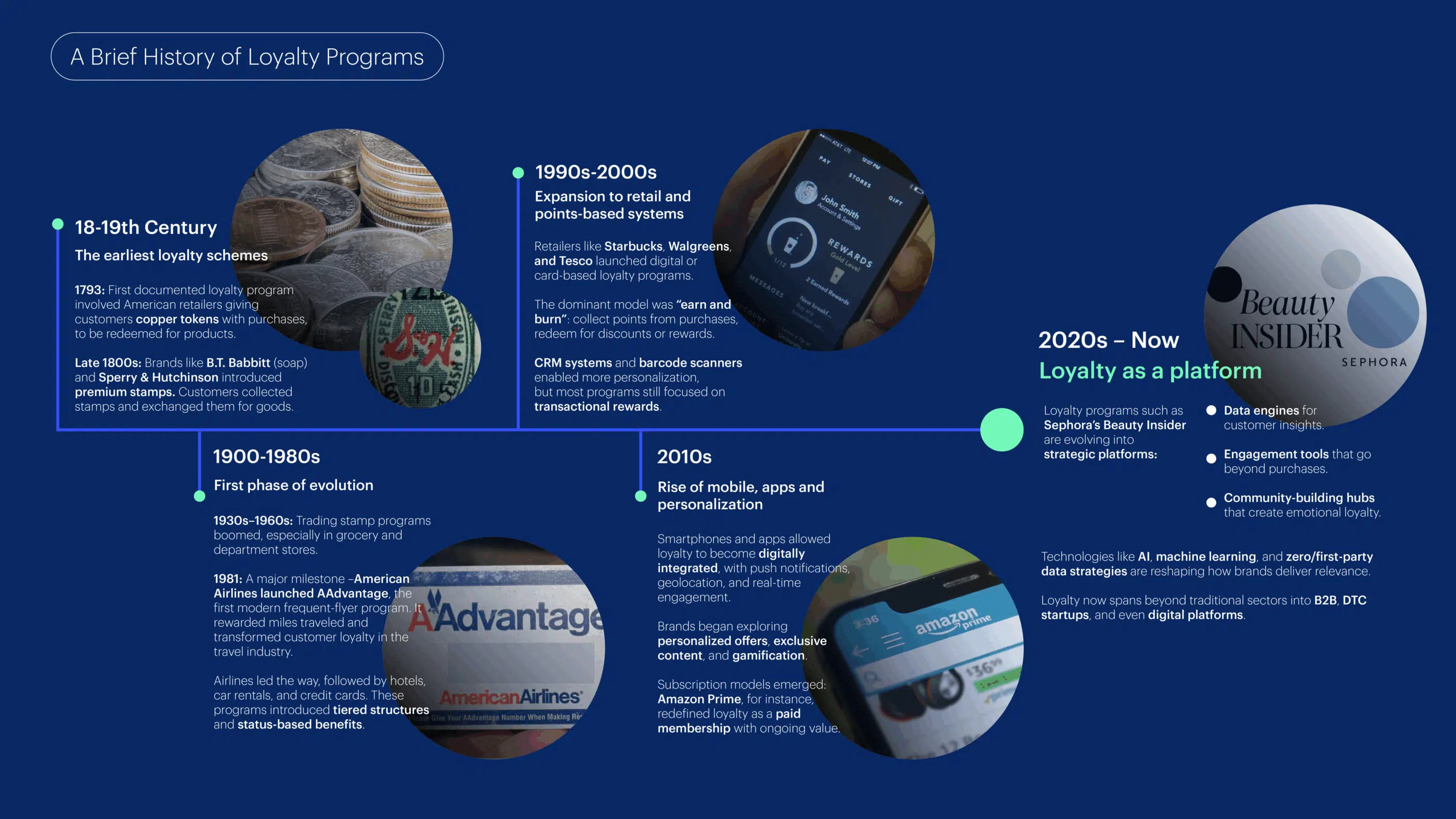
The Business Case for Investing in Loyalty
Though the benefits of loyalty programs are self-evident to executives in many sectors, research reveals the full depth and breadth of the value proposition.
Increased Revenue and Profitability
At a time when marketers are being asked to simultaneously reduce overall spend and grow revenue, loyalty programs help them do more with less. According to Antavo’s annual Global Customer Loyalty Report, 83% of loyalty program owners report positive ROI with an average return on investment of 5.2x.
Other research shows that increasing customer retention rates by just 5% can boost profits by 25% to 95%. Retained customers are also more likely to try new products and spend more than new customers because they are familiar with the brand. Given pervasive economic uncertainty, CMOs can’t afford to overlook such huge potential upside.
The B2B value proposition is just as compelling, given the value of long-term relationships. Because B2B organizations have customer retention rates of 76%-81%, according to Forrester, and acquiring a new B2B customer costs five to seven times more than retaining an existing one, marketers have every incentive to prioritize loyalty programs in their growth plans.
Acquisition, Not Just Retention
Well-designed loyalty programs offer a clear incentive to choose one brand over another. Programs oriented around exclusive experiences (e.g., early product drops, dedicated store hours, members-only perks, access to exclusive restaurants) can attract even the most demanding (and highest net-worth) customers. Further, they can drive word-of-mouth referrals by encouraging loyal customers to share the program with others.
The ROI of loyalty programs should also account for customer lifetime value (CLV) and reduced churn, which are especially important in times of cautious consumer spending. One study found that loyal customers spend more than 30% more and that emotional connections to brands can lead to a CLV that is more than 300% higher.
Data as Differentiator
Modern loyalty programs generate rich, first-party data about customer behavior, preferences and intent that power more relevant offers and richer customer journeys from day one. This is perhaps the most valuable information a company can get, particularly in the post-cookie world.
Further, the insights and data assets produced by loyalty programs are especially important for companies that are not digital natives but want to build or adopt elements of platform businesses. No longer just for tech companies, digital platforms provide visibility across the customer journey, enabling the company to watch customers make choices, use what they acquire and interact with partners.
The insights companies generate at every interaction offer opportunities for companies to add value. Loyalty data can also be used for strategic purposes, informing decisions about product development, service design, transformation initiatives, and even M&A strategy.
The New Era: Loyalty as a Platform
Treating loyalty programs as a platform lets companies:
- Own customer relationships and data
- Drive consistent engagement across channels
- Experiment with monetization, personalization and service delivery
- Build long-term differentiation, not just short-term reward loops
Winning With Modernized Loyalty Strategies
So, what does it take to be able to leverage loyalty programs as platforms for growth? And what leading practices can firms embrace to optimize the impact of their loyalty programs? In our market experience, we’ve identified a few attributes that characterize the most successful strategies.
Integration and personalization are the keys to creating engaging experiences across channels and for making loyalty programs essential vehicles for content, community, gamification, and ongoing interaction, not just transactions. They can even lead to major business model enhancements. And they are required for any firm that wants to develop paid loyalty options, with customers purchasing direct access to enhanced services (e.g., free delivery, members-only offers) or exclusive status tiers.
Fully Integrated and Data-driven:
First and foremost, loyalty strategies must be fully embedded in all interactions, including digital and physical environments and with every part of the organization (e.g., sales, service, billing). Modernized loyalty programs avoid restricting offerings to a card, app, or location. Such cross-platform and omni-channel connectivity has emerged as a leading practice.
The data generated by loyalty programs can – and must – be operationalized to personalize the entire customer journey in line with individual preferences. For example, Sephora analyzes purchase history and applies AI tools to recommend products and personalize offers for members of its Beauty Insider program. The results are impressive:
- A 30% increase in customer engagement via personalized offers
- 3x higher annual spend among top members
- 15-25% higher annual revenue from active users
Purposefully Engaging
In fashion and apparel, the emphasis has shifted from solely monetary driven (e.g., points) to meaningful engagement around passion points. The North Face has advanced its loyalty program, XPLR Pass, by connecting rewards to outdoor exploration, sustainability, and social connection. By emphasizing community, shared values, and experience, the company has embedded the brand more deeply into customers’ lifestyles.
Similarly, H&M’s membership program rewards recycling and sustainable choices, with direct alignment between its loyalty strategy and ESG goals. The result? More than 120 million members across 26 markets now contribute 35% of overall revenues, with Plus members spending 3x more than non-members.
Gamified and Fun
Giving customers extra reasons to engage helps foster growth. KFC enhanced its loyalty program with a gamified arcade offering spin-to-win features and in-app challenges. This content and entertainment hub led to a 53% increase in app downloads and a 40% rise in reward redemptions. Same-store sales jumped 12% thanks to 25% of customers increasing their visit frequency.
High-value and Revenue-generating
CMOs should ensure they measure the effectiveness of loyalty programs based on tangible commercial metrics. That may be especially important for B2B organizations, given that there’s a common misconception that loyalty programs are largely for B2C industries. Miele’s B2B Dealer Loyalty Program features tiers based on sales volume and has moved the needle on critical metrics including 19% sales growth and a 62% rise in average appliances sold per order.
Many prominent tech companies offer expert training, advanced technical support, networking opportunities, referral bonuses, and marketing support to their most loyal corporate customers. The most effective of these programs have seen engagement and customer retention rise by 40%, as well as 10%-20% gains in annual revenue.
FINAL THOUGHTS
Loyalty programs are proven drivers of customer engagement, retention and growth. As important as those benefits are, the rich data and insights they provide are strategically invaluable. Modernized programs aren’t just about keeping the customers you have, they’re a strategic way to attract the customers you want and drive growth and stronger bottom-line performance, even amid economic uncertainty.
But just as customers are always looking for more value, loyalty programs must be designed and managed to foster ongoing innovation and ever-richer value propositions. Like any powerful growth drivers, loyalty programs must be By measuring and refining their loyalty programs over time, all types of firms can strengthen their existing relationship and build new ones, even as customer expectations for value continually rise.





